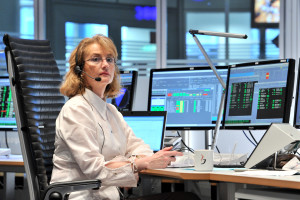Two flagship European space programmes will combine on 17 November, as Galileo navigation satellites are carried into orbit by an Ariane 5 rocket for the first time.
Using this customised vehicle allows four Galileos to be launched together. The total number of satellites in orbit will rise from 14 to 18 – the single biggest increase of any navigation satellite constellation from a single launch.
Liftoff of Ariane flight VA233 is scheduled for 13:06 GMT (14:06 CET, 10:06 local time) on 17 November. Read more…




